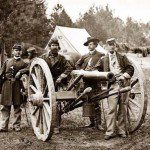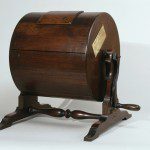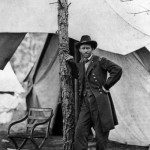By Sandy McBride
Bleeding Kansas, Bleeding Country
August, 1863
William Clark Quantrill was an enigma. He was raised in the state of Ohio, but in 1859, he went west, traveling to Lawrence, Kansas. At that time the pro-slavery and anti-slavery factions in Kansas and neighboring Missouri were at often violent odds. He got a job as a teacher, but soon found more lucrative pursuits. He joined a group of anti-slavery ruffians known as Jayhawkers. They raided pro-slavery settlements, burning, looting and killing.
The community of Lawrence had been established in 1854 in Kansas territory by settlers who opposed slavery. Whether new states would be admitted to the Union as slave states or free states was an ongoing debate in Congress. Statehood for Kansas was being presented by both sides in 1856.
To Read More Login To The Weekly Paper









